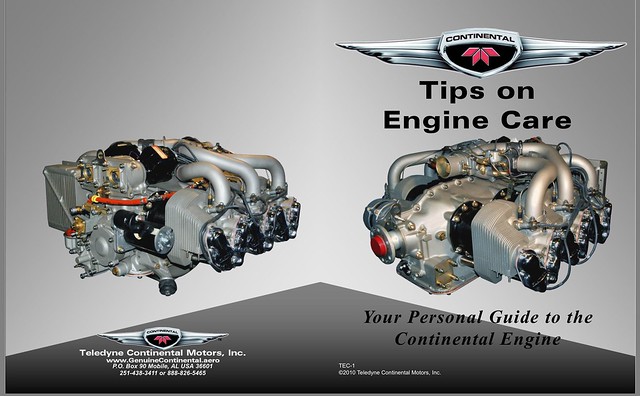classicrock
Pre-Flight
- Joined
- Aug 18, 2015
- Messages
- 73
- Display Name
Display name:
acousticguitar
the "do runups work" thread had mentioned some things that as a PPL in process, I never knew in detail.... until recently
I am more or less about 42 hours into my private pilot and naturally the runup is part of what I like every other student pilot and regular pilot learns. the instructor coaches me to look for the 100rpm dropoff after switching from Both to left, back to both, and then from Both to Right. but until recently, no instructor ever told me what do when/if the RPM dropoff EXCEEDS 100. I have now flown with 6 instructors in a 12 month period and only 2 weeks ago did the most recent instructor take some initiative, and show me what to do. its what was revealed in thie "do runups work" thread. (take the throttle wayup to 2000 rpm and slowly lean the mixture and do this for about 2 min). then do the mag check again
my question is: how many of you were actually taught to do this when you took PPL lessons previousl or if you are taking lessons now, have been taught this already?
comments?
I am more or less about 42 hours into my private pilot and naturally the runup is part of what I like every other student pilot and regular pilot learns. the instructor coaches me to look for the 100rpm dropoff after switching from Both to left, back to both, and then from Both to Right. but until recently, no instructor ever told me what do when/if the RPM dropoff EXCEEDS 100. I have now flown with 6 instructors in a 12 month period and only 2 weeks ago did the most recent instructor take some initiative, and show me what to do. its what was revealed in thie "do runups work" thread. (take the throttle wayup to 2000 rpm and slowly lean the mixture and do this for about 2 min). then do the mag check again
my question is: how many of you were actually taught to do this when you took PPL lessons previousl or if you are taking lessons now, have been taught this already?
comments?



